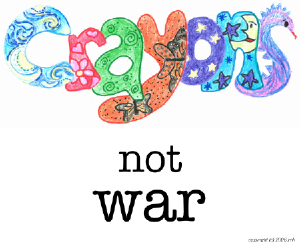
Click here to see this design on groovy clothing and gifts









 Happy Full Moon!
Happy Full Moon!* 7/11: Day Tibetan and Mahayana Buddhists do good deeds and chant the name of Buddha God Amitabha/Omito/Amida to gain entry to His Pure Land and aid in attaining nirvana. [a/k/a Amitabha Buddha Day, 15th day, UT Full Moon day]
May the Compassion of Tara, Kuan Yin and Amitabha pour down onto this planet.

Everything can be described as both yin and yang.
1. Yin and yang are opposites.
2. Yin and yang are interdependent.
One cannot exist without the other. For example, day cannot exist without night. Light cannot exist without darkness.
3. Yin and yang can be further subdivided into yin and yang.
Any yin or yang aspect can be further subdivided into yin and yang. For example, temperature can be seen as either hot or cold. However, hot can be further divided into warm or burning; cold into cool or icy. Within each spectrum, there is a smaller spectrum; every beginning is a moment in time, and has a beginning and end, just as every hour has a beginning and end.Click here for the rest of this Wikipedia entry on Yin and Yang


Aum (also Om, ) is the most sacred syllable in Hinduism, symbolizing the infinite Brahman and the entire Universe. This syllable is sometimes called the "Udgitha" or "pranava mantra" (primordial mantra), because it is considered to be the primal sound, and because most mantras begin with it. It first came to light in the Vedic Tradition. As a seed syllable (bija), it is also considered holy in Esoteric Buddhism.
The Aum symbol is a ligature of Devanagari ओ+ँ (oṃ, encoded in Unicode at U+0950 ॐ, the Tibetan script variant ༀ at U+0F00).